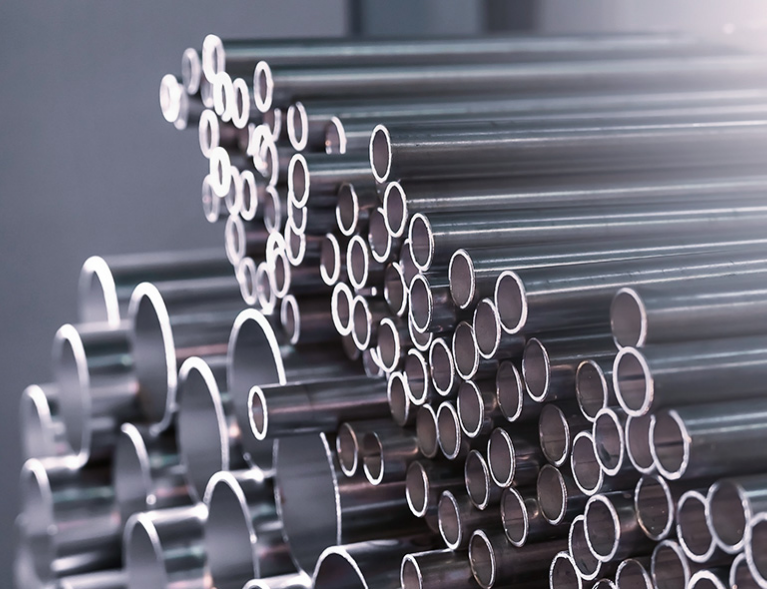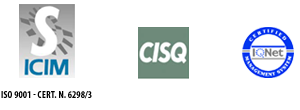
12/11/2025
Lead-free brass is now at the center of metallurgical innovation.
More and more companies are choosing sustainable alloys like Eco-brass to reduce environmental impact without sacrificing high mechanical performance.
These lead-free materials meet the growing demand for components that combine high quality, technical performance, and compliance with environmental regulations.
In this article, we analyze the main types of lead-free brass, processing techniques, and the most relevant application sectors.
However, its toxicity and risk of contamination—especially in applications that come into contact with drinking water or food products—have led to the introduction of increasingly restrictive regulations, such as the RoHS Directive, which restricts the use of hazardous substances in electrical and electronic equipment (EEE), or EU Directive 2020/2184 (Drinking Water Directive), which will come into force on January 1, 2027, and will require that the lead content of materials in contact with drinking water be less than 0.1%.
These directives have pushed manufacturers to develop alternative "lead-free" alloys capable of offering equivalent or superior performance while ensuring environmental and health safety.
Here are some of the most common:
Chips tend to form continuously and less fragmented, generating greater cutting forces and heat, and consequently, faster tool wear.
To optimize machining:
This translates into:
We can manage the technical challenges of these materials to provide compliant, high-performance, and high-quality components.
Discover the sustainable alloys we work with and contact us for more information or to develop your next project together.
Lead-Free Brass: Processing, Characteristics, and Applications of Sustainable Alloys
Lead-free brass is now at the center of metallurgical innovation.
More and more companies are choosing sustainable alloys like Eco-brass to reduce environmental impact without sacrificing high mechanical performance.
These lead-free materials meet the growing demand for components that combine high quality, technical performance, and compliance with environmental regulations.
In this article, we analyze the main types of lead-free brass, processing techniques, and the most relevant application sectors.
- Why is lead being abandoned in metal alloys?
- Types of lead-free brass and their characteristics
- Challenges and techniques in processing lead-free brass
- Main Industrial Applications
- Environmental and strategic benefits
Why is lead being abandoned in metal alloys?
Lead has historically been used to facilitate the machinability of metal alloys, improving chip removal and cold forming.However, its toxicity and risk of contamination—especially in applications that come into contact with drinking water or food products—have led to the introduction of increasingly restrictive regulations, such as the RoHS Directive, which restricts the use of hazardous substances in electrical and electronic equipment (EEE), or EU Directive 2020/2184 (Drinking Water Directive), which will come into force on January 1, 2027, and will require that the lead content of materials in contact with drinking water be less than 0.1%.
These directives have pushed manufacturers to develop alternative "lead-free" alloys capable of offering equivalent or superior performance while ensuring environmental and health safety.
Types of lead-free brass and their characteristics
Lead-free brass alloys replace lead with elements such as silicon, manganese, phosphorus, and other microadditives.Here are some of the most common:
- CW724R (Eco-brass)
Alloy with a high copper and zinc content, balanced with silicon and phosphorus.
It guarantees excellent corrosion resistance, good machinability, and is ideal for plumbing and sanitary components. - CW509L (OT60/40)
Composed of copper and zinc in balanced proportions, with microadditives that replace lead while maintaining excellent mechanical and machining properties. - Copper-zinc-silicon-manganese alloys
Perfect for precision mechanical applications and industrial valves, where wear resistance and weldability are crucial.
Challenges and techniques in processing lead-free brass
Removing lead changes the behavior of brass during machining.Chips tend to form continuously and less fragmented, generating greater cutting forces and heat, and consequently, faster tool wear.
To optimize machining:
- Tools with advanced coatings and high-strength materials are used;
- Cutting parameters (speed, feed, depth) are precisely calibrated;
- Specific lubricants and effective cooling systems are used;
- Chip collection and recycling are managed according to environmentally sustainable criteria.
Main industrial applications
Lead-free brass alloys are used in:- Hydraulics and thermohydraulics: especially in drinking water fittings and valves.
- Automotive: components with high wear and strength requirements.
- Precision mechanics: pumps, instruments, valves, and machinery.
- Electronics and equipment: for electrical conductivity and mechanical strength.
- Musical instruments and craftsmanship: for aesthetics and workability.
Environmental and strategic benefits
The adoption of lead-free brass has important environmental implications by reducing the use of toxic substances and facilitating compliance with European directives such as RoHS and drinking water regulations.This translates into:
- reduced risk of environmental contamination;
- fully recyclable material;
- strategic value for companies focused on innovation, sustainability, and quality.
We can manage the technical challenges of these materials to provide compliant, high-performance, and high-quality components.
Discover the sustainable alloys we work with and contact us for more information or to develop your next project together.

 Design by
Design by